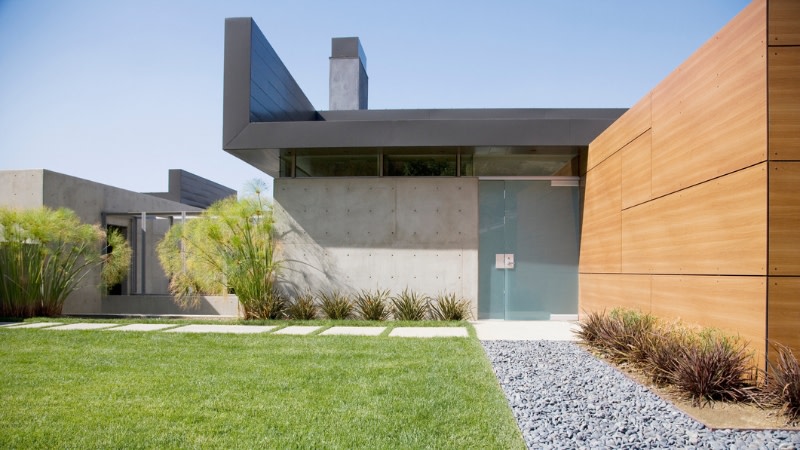Mixed Fortunes: Home Approvals Up, Loan Commitments Down

Home approvals rose while the value of new loan commitments for housing fell during February, according to the latest data from the ABS.
The total number of homes approved rose 4 per cent in February, in seasonally adjusted terms, after a 27.1 per cent fall in January.
ABS head of construction statistics Daniel Rossi said the increase was driven by an 11.3 per cent rise in approvals for private sector houses, after a 10-year low in January.
“The result remains 13.6 per cent lower than February 2022,” he said.
“Private sector homes excluding house approvals fell a further 9.5 per cent in February, following a 40.3 per cent decline in January, and is at its lowest level recorded since July 2012.
“Total home approvals have continued their downward trend since September 2022, following the conclusion of government stimulus and rising interest rates.”
Across Australia, total home approvals increased sharply in Tasmania (122.1 per cent), while South Australia (28.5 per cent), New South Wales (14 per cent) and Victoria (0.5 per cent), also rose.
Queensland (-13.7 per cent) and Western Australia (-6.4 per cent) fell in seasonally adjusted terms.
Approvals for private sector houses rose in all states: Queensland was up 18.8 per cent, Victoria 10.3 per cent, NSW 9.9 per cent, WA 2.4 per cent and SA 1.6 per cent.
The value of total building approvals rose 19.7 per cent after a 19.2 per cent fall in January.
The value of total residential building approvals rose 7.7 per cent, comprised of an 8.4 per cent increase in new residential building and a 3.7 per cent rise in alterations and additions.
The value of non-residential building approved increased 39.8 per cent, following a 27.6 per cent fall in January.
Loan commitments fall again
Meanwhile, the value of new loan commitments for housing fell 0.9 per cent to $22.6 billion in February after a revised fall of 2.4 per cent in January.
ABS head of finance and wealth Dane Mead said the value of new owner-occupier loan commitments fell 1.2 per cent to $15 billion in February 2023, while the value of new investor loan commitments fell 0.5 per cent to $7.6 billion.
“Housing finance continued to decline from the record highs in January 2022, with the total value of new loan commitments falling 33 per cent since then,” he said.

The value of owner-occupier housing loan refinancing between lenders rose 3.5 per cent to a record high of $13.6 billion in February.
Borrowers continued to switch lenders for lower interest rates as the RBA’s cash rate rose.
The number of new owner-occupier first home buyer loan commitments fell 3.5 per cent, after a revised fall of 4.6 per cent in January.
“Owner-occupier first-home-buyer lending continued to decline from the high reached in January 2021, to the lowest level seen since May 2017. It was also 27 per cent lower than February 2020, prior to the pandemic,” Mead said.
‘No justification’ for rate rise
HIA chief economist Tim Reardon said the data meant there “can be no justification for further rate increases”.
“February saw the fewest loans issued for the purchase or construction of a new home in almost 15 years.
“Loans for new homes in February fell even further from its holiday low in January, down by 3.4 per cent to 4,267. The last time so few loans were issued for new homes was in November 2008.
“Owner-occupiers and investors alike continue to retreat from the market. Even lending for renovations—the part of the sector expected to hold up relatively well during this downturn – had its weakest month in almost two years.
“The impact of the RBA’s tightening cycle has been evident in weakening finance data for a number of months and this is now flowing through to building approvals that are also around decade lows.
“While approvals for new houses in February bounced back from their holiday low, they remain 13.6 per cent lower than a year earlier. Approvals for multi-units also fell by 8.4 per cent in February, to be down by 51.9 per cent on a year earlier, with many projects recently being delayed in the face of labour and materials uncertainties.”














